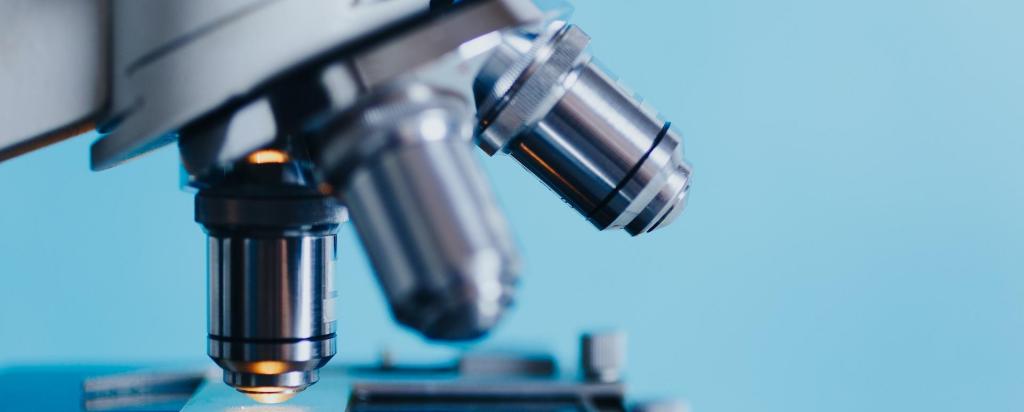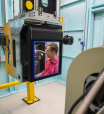Iron and Fire
Using geoarchaeology to reconstruct the history of an ancient Khmer city.

Showing 101 - 120 of 535 results
Using geoarchaeology to reconstruct the history of an ancient Khmer city.
(ANSTO) has welcomed the launch of the new National Science Statement and revitalised National Science and Research Priorities by Minister for Industry and Science, The Hon Ed Husic MP and Australia’s Chief Scientist, Dr Cathy Foley AO PSM.

Radiation can be described as energy or particles from a source that travel through space or other mediums. Light, heat, and wireless communications are all forms of radiation.
Following a decade of imaging to support research and clinical trials at ANSTO and the University of Sydney’s Brain and Mind Centre at Camperdown, two PET scanners have been transferred to the University of Wollongong.
Frequently asked questions about the ANSTO Security Process, travel funding, ANSTO Research Portal and ACNS Customer Portal.
Imaging protocol assesses molecular mechanism of work in the treatment of deadly childhood cancer neuroblastoma.
Insights about Mayan Empire relevant for current climate challenges
This week women in science from 16 countries came together like never before. Inspiring women, young and old, were the first to complete the W4NSEC (Women for Nuclear Science Education and Communication) program that is designed to support women who are wanting to improve their education and communication skills in nuclear science.
Environmental scientist with a passion for fieldwork and a lifelong commitment to scientific excellence
ANSTO commenced an aerosol sampling program thirty years ago this week to characterise these pollutants and ultimately, identify their sources, which has taken it to the forefront of environmental monitoring of this type in Australia and the region.
Two ANSTO physicist explain the three-body problem as featured in science fiction series of the same name
ANSTO shared plans for an Innovation Precinct in southern Sydney at a breakfast event.

The High Performance Macromolecular Crystallography beamline will enable the study of very small (sub-5 micrometre) or weakly diffracting crystals, providing a state-of-the-art high-throughput facility for researchers. MX3 will be able to study the structures of large proteins and protein complexes for virology, drug design and industrial applications via goniometer mounted crystals, in-tray screening, or via serial crystallography methods.
ANSTO participation in ARC on Intelligent Robotic Systems for Real-time Asset Management has potential benefit in the management of infrastructure and assets
Virtual activities celebrating the benefits of nuclear science and technology held for National Science Week
ANSTO is helping change the way science is taught in the classroom - converting that dusty old periodic table into an augmented reality app that brings the elements to life.
New facility will greatly enhance Australia’s capability in stress engineering for industry